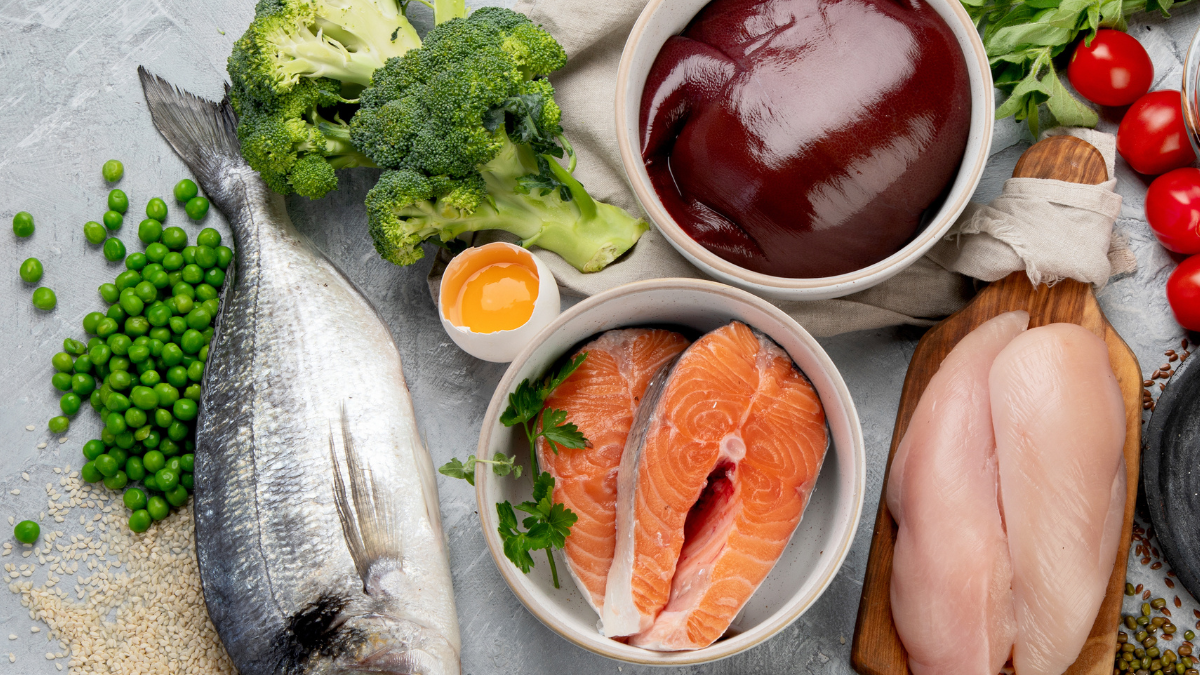The National Institute for Health and Care Excellence, or NICE, state that iron deficiency is 'a significant problem in the developed world' as it affects 23% of pregnant women and 14% of non-pregnant women in the UK, along with 5% of adult men.
In my clinic, I see many clients with Iron deficiency anemia and while majority are women, increasing numbers of men are affected, too. The most common symptom of low iron is fatigue, but others include cold hands and feet, dry hair, pale and dry skin as well as potential weight gain since iron deficiency is closely lined to poor thyroid function..
Iron has many roles, including supporting the immune system, and is involved in maintaining cognitive function. But its most familiar role is as a major component of heamoglobin, a type of protein in red blood cells that carries oxygen from your lungs to all parts of the body. Without optimum levels of iron, red blood cells are reduced, which directly affects energy production.
How much Iron does the body need?
Around 4.5g of iron is stored in the human body, 60% of which is in red blood cells, with the remainder in the liver, spleen, bone marrow and muscles. The rest is found in circulating blood. The amount of iron we need daily differs depending on sex and life stage. Men need some 8.7mg a day; women require 14.8mg, although this reduces to 8.7mg post-menopause.
DIETARY IRON COMES IN TWO FORMS- |
|
Heam and non-haem (or heme and non-heme in American English: The former, found in animal flesh, is already in the form of haemoglobin and is very easily absorbed. The latter, found in vegetables, grains, nuts, seeds, legume and dairy, is less easily absorbed. Animal flesh also contains non-haem iron as the animals will have been consuming plants, such as grass and grains. Eating a wide variety of food should supply enough iron for most of us. However, that may not be the case if you’ve been diagnosed with anaemia, or have additional requirements associated with blood loss or a pregnancy, in which there is a greater requirement for blood. |
What helps with Iron absorption?
Iron absorption can be enhanced by vitamin C, found in many foods including berries, green vegetables, peppers and fruits such as kiwi and melon. By the same token, calcium can slightly inhibit iron absorption, so eating iron-rich foods with dairy, or even taking a supplement around the same time, isn’t recommended. The same is true for polyphenols, found in tea and coffee, which makes iron and your morning cappuccino uneasy bedfellows!.
What can hinder Iron absorption?
Phytates, a plant chemical found in grains, nuts and soy, can also hinder iron absorption. But the good news is that it can be offset by vitamin C. In practical terms, the solution could be as simple as adding berries to porridge or cereal, or having dark green leafy vegetables alongside rice or pasta.
Disclaimer:
Food supplements should not be used instead of a varied balanced diet & healthy lifestyle.For references, click here






